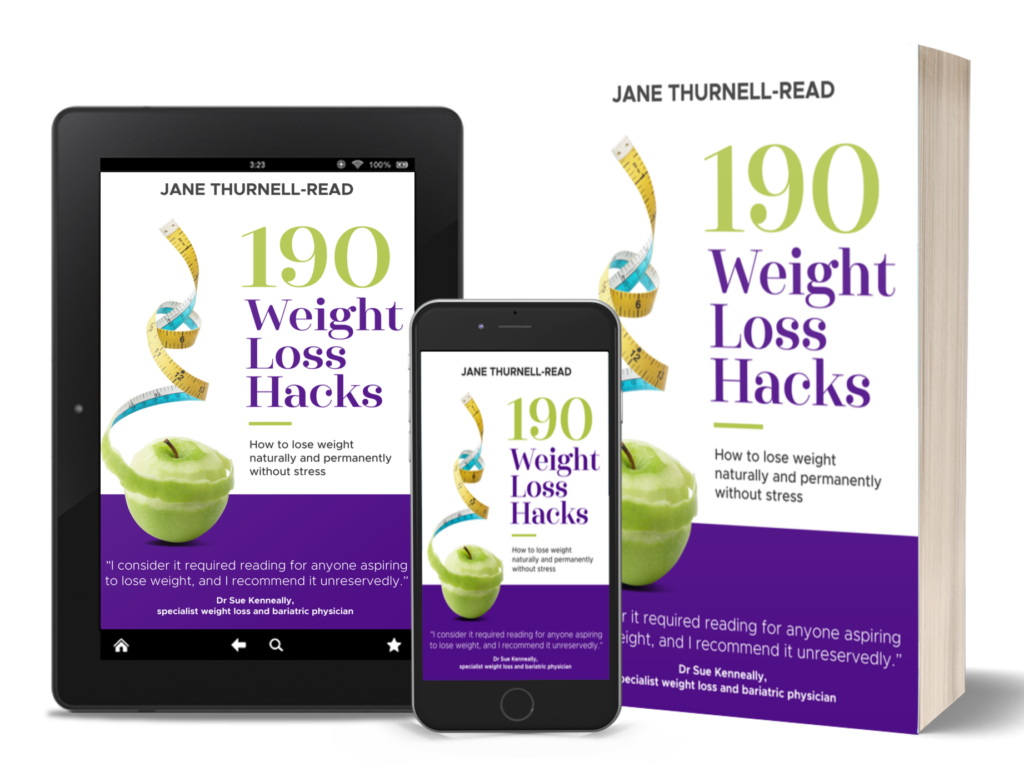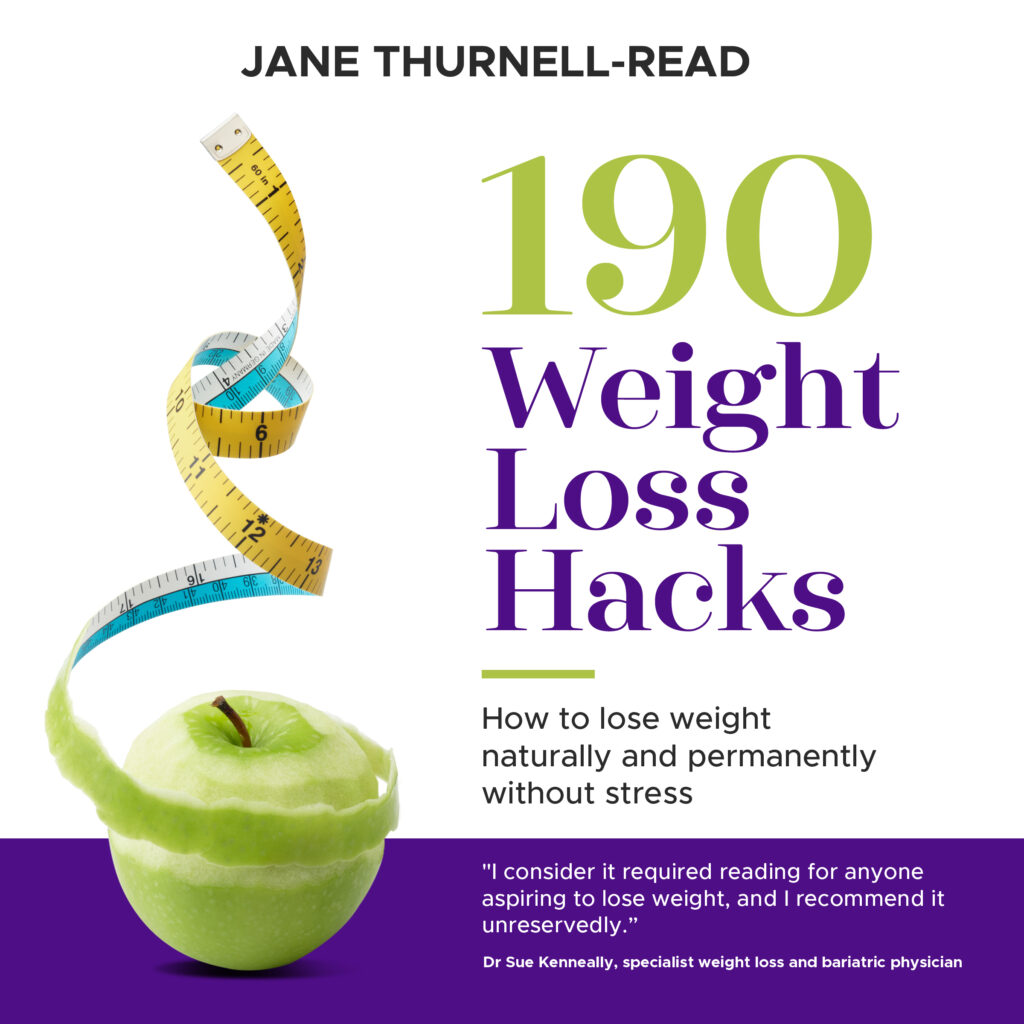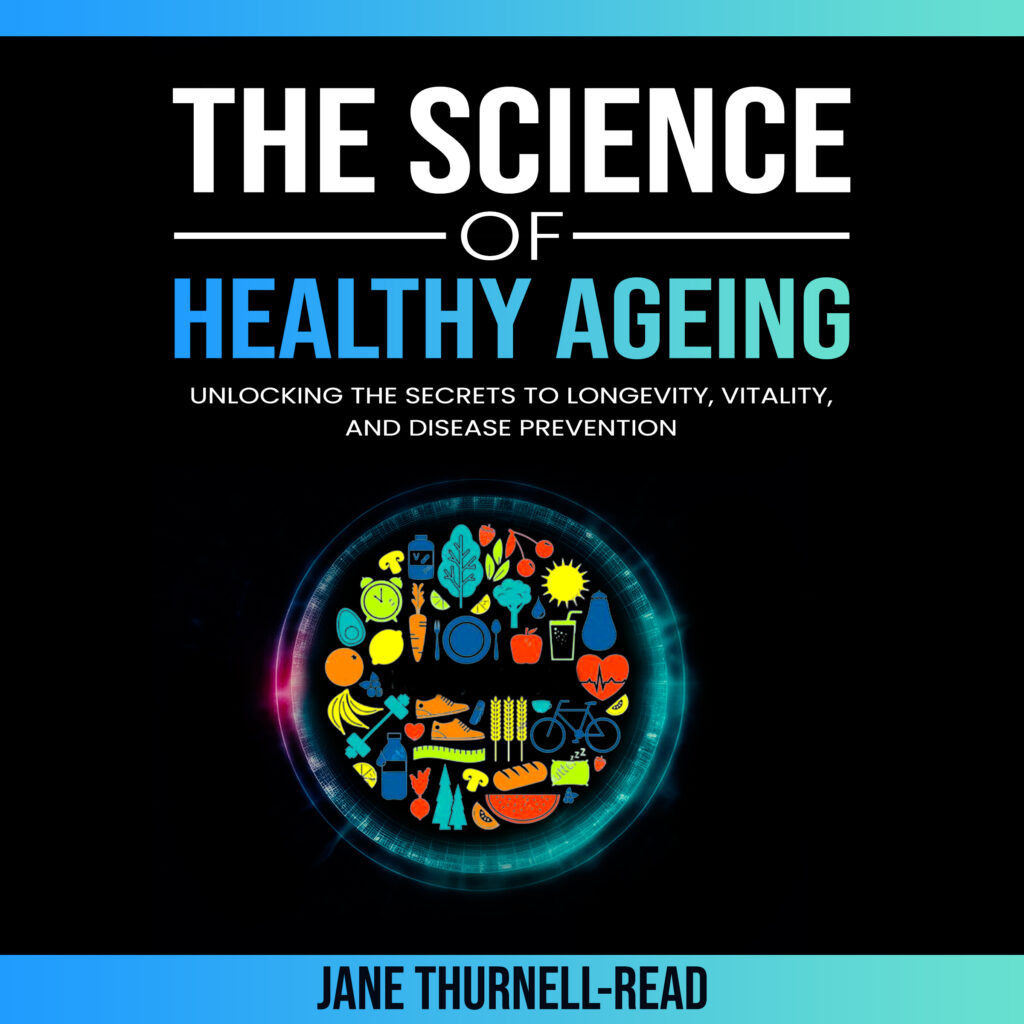There is no such thing as the ideal diet that suits everybody; just as people’s appearances vary so their needs for food and nutrients vary. Each one of us is biologically individual. Here is the starting definition I use:
The ideal diet for a person consists of:
- the right food
- in the right amounts
- at the right time – the time of day has been shown to be important. For example, not eating for two hours before sleep has been shown to be benefial
- in the right way – not overcooked so that it destroys nutrients, not eaten so quickly it gives you indigestion, etc.
This ideal diet can vary over time. It is affected by changes in health, by therapy, by changes in lifestyle and circumstances (e.g. age, stress, exercise, the contraceptive pill, age etc.).
Determining the ideal diet for yourself involves considering various factors, such as your individual health goals, medical conditions, lifestyle, preferences, and nutritional needs.
Even though there are individual variations, there are some fundamental principles that work for most people. I suggest this is definitely where you start. In time you can fine-tune your diet.
Here I want to concentrate on the first aspect – the right food.
The right food
A study in 2023 looked at what all healthy diet patterns share. The study analysed health data collected over 36 years from 75,230 women participating in the Nurses’ Health Study and 44,085 men in the Health Professionals Follow-up Study. All participants were free of cardiovascular disease or cancer at the beginning of the study and completed dietary questionnaires every four years.
Dietary data was scored based on each of the four dietary pattern indexes:
- Healthy Eating Index 2015
- Alternate Mediterranean Diet
- Healthful Plant-based Diet Index
- Alternate Healthy Eating Index
All share key components including high consumption of whole grains, fruit, vegetables, nuts, and legumes. They differ on the emphasis placed on the inclusion of fish, dairy and lean meats.
Scoring highly on any of the four dietary indices was associated with a lower risk of premature death from all causes, and from cardiovascular disease (CVD), cancer, and respiratory disease.
Here’s a brief summary of each of the four dietary patterns:
Healthy Eating Index (HEI) 2015
Developed by the U.S. Department of Agriculture (USDA), HEI is a measure of diet quality that assesses how well a set of foods aligns with key recommendations of the Dietary Guidelines for Americans.
Key components include having adequate amounts of fruits, vegetables, greens and beans, whole grains, dairy, protein foods, seafoods and plant proteins.
The index also listed moderation for refined grains, added sugars, saturated fat and sodium (salt).
Alternate Mediterranean Diet
This is based on traditional Mediterranean dietary patterns, which are associated with health benefits such as reduced risk of cardiovascular diseases.
It emphasises high consumption of fruits, vegetables, whole grains, legumes, and nuts. It includes moderate consumption of fish and poultry, limited intake of red meat and dairy, and use of olive oil as the primary source of fat.
Healthful Plant-based Diet Index
This focuses on plant-based eating patterns with an emphasis on healthful choices. It encourages the consumption of fruits, vegetables, whole grains, nuts, legumes, and healthy plant-based fats. It prioritises minimally processed and unrefined plant foods while limiting the intake of processed and unhealthy plant-based products.

“190 Weight Loss Hacks: How To Lose Weight Naturally And Permanently Without Stress”
Alternate Healthy Eating Index (AHEI)
Developed as an alternative to the traditional Healthy Eating Index, AHEI places greater emphasis on specific dietary factors associated with chronic disease prevention.
Important components include fruits, vegetables, whole grains, nuts, legumes, long-chain omega-3 fatty acids, and polyunsaturated fatty acids.
You should reduce/avoid added sugar, red/processed meats, alcohol, transfats, refined grain and highly processed food.
What do these diets have in common?
These dietary patterns share common themes such as an emphasis on plant-based foods, whole grains, and limiting the intake of processed and unhealthy fats. They differ on the emphasis placed on the inclusion of fish, dairy and lean meats. They all agree that processed foods, red meat, sugar etc. should be minimised or avoided completely.
I think we can be confident that these sorts of diet and beneficial for us in terms of longevity and chronic disease.
There have also been studies linking these sorts of diet to easier weight management, better fertility, better immunity and good digestive health.
This is definitely what I think you should be aiming for. Make a start focussing on one aspect of these diets – increasing your vegetable intake or reducing the amount of sugar in your diet. Don’t try to do everything at once.
Weight Loss
Naturally And Permanently Without Stress
- Research-based information about what works
- Simple mind-set changes
- Strategies you don’t already know

Healthy Ageing
Unlocking the Secrets to Longevity
- Research-based information to give you hope and inspiration
- Simple changes you can make now
- Information you don’t already know

Menopause
Stop Hot Flashes And Lose Weight
- Research-based information you need to move forward
- Get back in control of your health
- Practical proven strategies to love well

-
Easy Ways to Cut Down on Salt and Still Enjoy Delicious Meals
When it comes to healthy eating, reducing your sodium intake is a crucial step in maintaining overall well-being. High sodium (salt) consumption has been linked to various health issues, including high blood pressure and heart disease. But what to do…
-
How do I keep a food diary that’s easy to maintain?
Food diaries (also called food journals) are an important method for tracking food consumption and can support a variety of goals, including weight loss, healthier food choices, detecting deficiencies, identifying allergies, and determining foods that trigger other symptoms. Research shows that…
-
Dementia doesn’t have to be your destiny
Dementia is a term for several diseases that affect memory, thinking, and the ability to perform daily activities. The illness gets worse over time. It mainly affects older people but not all people will get it as they age. Are…




